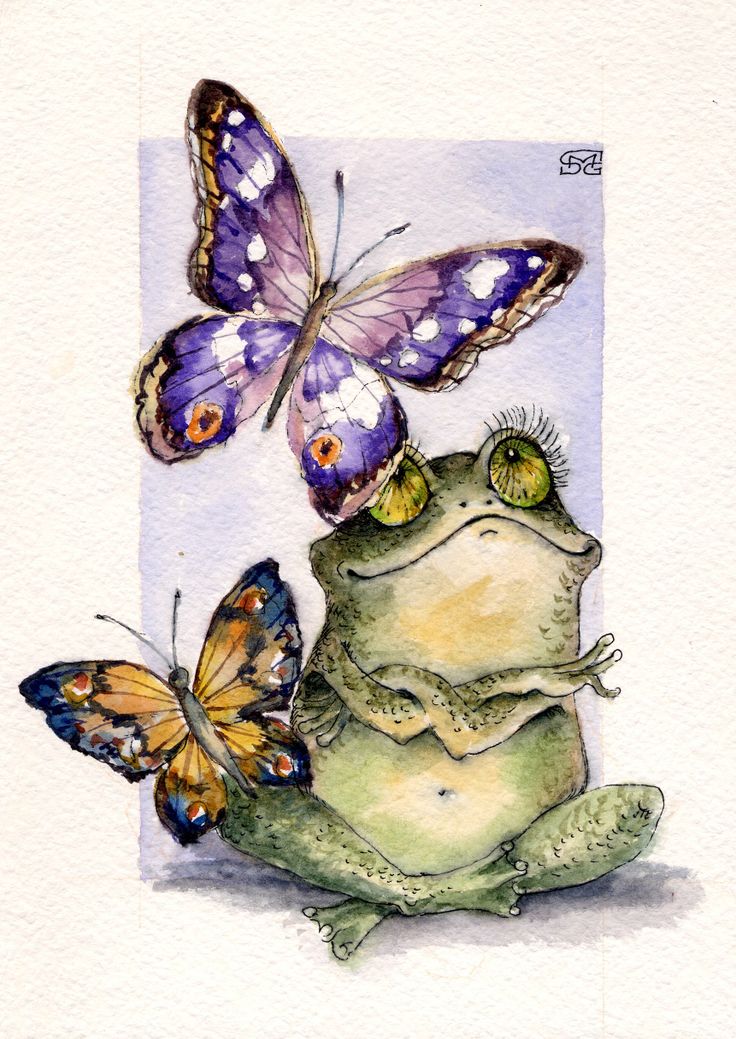Butterflies are insects and have large, scaly wings. And did you know that, like all insects, they have six jointed legs, three body parts (head, thorax or chest, abdomen or tail end), a pair of antennae, compound eyes,and an exoskeleton. The butterfly's body is covered by tiny sensory hairs. They have four wings. The thorax contains the muscles that make the legs and wings move. Butterflies are good fliers, too, but can only fly when their body temperature is above 86 degrees (30 degrees Celsius) which is why you often see them sitting in the sun. As a butterfly ages, they lose vibrancy in their colors (don't we all...) and their wings become a little ragged-looking. Speed varies among the different butterfly species. Poisonous butterflies (I, personally, didn't know that there was such a thing...) fly slower than the non-poisonous ones. The fastest butterflies can travel at speeds up to 30 miles per hour (48.28 kilometers). Wow! I'm impressed, are you? The slow moving ones travel at only 5 miles per hour (8.04 kilometers). That's even pretty fast...I don't hop at that speed!
Here are a few more random facts about butterflies. Most of them, I didn't know...how about you?
1. Butterflies can range in size from 1/8 of an inch up to 12 inches in size. (3.17 mm to 304.8 mm).
2. Butterflies can see red, yellow, and green. (They can see me!)
3. Monarch butterflies travel from the Great Lakes to the Gulf of Mexico in the wintertime and return each spring.
4. Antarctica is the only continent where butterflies are not found. Interestingly enough, there aren't any frogs there, either.
5. There are 24,000 species of butterflies.
6. The Brimstone butterfly has the longest adult lifespan, 9-10 months.
7. Many butterflies can taste with their feet. This helps them to learn whether or not the leaf they sit on is a good place to lay eggs (to be used as food for the caterpillars when they're born).
8. There are more insects in one tropical rain forest tree than there are in the entire state of Vermont!
9. Humans (and we frogs) eat insects because they are rich in protein and are a great source of vitamins, minerals, and fat.
10. Some months (also in the butterfly family) never eat as an adult because they don't have a mouth! They live on the energy they stored as a caterpillar.
Butterflies need your help to survive. They rely on flowers and other natural resources. Humans can help butterflies by planting more flowers. So, how can you celebrate National Learn About Butterflies Day? Well, for starters, you just did by reading this blog! You can also plant flowers, or sit in the sun and watch for butterflies. What a pleasant way to spend an early spring afternoon! And too, you can use #learnaboutbutterfliesday on all your social media today.

 RSS Feed
RSS Feed